Store-bought hummus simply never lives up to the homemade version and is often made with vegetable or sunflower oils, whereas this recipe contains no added oil in the hummus at all. The creaminess comes entirely from the slow-cooked chickpeas, the richness of the tahini and the addition of ice cubes, which help to crush down the legumes while aerating the hummus.
Nutritional Benefits of Hummus
Chickpeas are an excellent source of protein and fibre, while tahini is high in healthy fats and minerals like iron and calcium, and garlic has been shown to have anti-inflammatory and immune-boosting properties. Together, these ingredients make hummus not only a tasty snack, but also a nutrient-dense addition to any diet.
Dried vs. Tinned Chickpeas
I’d always recommend using dried chickpeas. Just remember to soak them the evening before. There are several environmental benefits to using dried chickpeas over tinned chickpeas. Firstly, the production of tinned chickpeas requires a significant amount of energy and resources, from the cultivation of the chickpeas to the processing, packaging, and transportation. This results in a larger carbon footprint compared to dried chickpeas, which require less processing and packaging.
Soil Health & Chickpeas
Chickpeas are also an excellent booster for soil health and I’d also urge you to see if any local producers are growing them. In the UK, for instance, the brilliant Hodmedod’s offers British-grown chickpeas, which means every time you eat chickpeas, you cut down your carbon footprint and directly support nature close to you. Benefits of growing chickpeas include:
Nitrogen fixation: Chickpeas are legumes that can fix atmospheric nitrogen into the soil through symbiotic relationships with nitrogen-fixing bacteria. This process increases soil fertility and reduces the need for synthetic fertilisers, which can harm soil health in the long run.
Soil structure improvement: Chickpea roots have a taproot system that can penetrate deep into the soil, improving soil structure and increasing water infiltration. This can prevent soil erosion and improve overall soil health.
Organic matter addition: Chickpea plants produce large amounts of organic matter, which can improve soil structure, increase water holding capacity, and provide essential nutrients to soil organisms.
Pest control: Chickpeas contain natural compounds that can repel pests, such as nematodes and soil-borne diseases, reducing the need for synthetic pesticides that can harm soil health.
Ingredients
Hummus
-
100g dried chickpeas
-
1 tsp baking soda
-
150g tahini
-
4 tbsp (70 ml) lemon juice
-
2 garlic cloves
-
50g ice cubes
Harissa Topping
-
1 tsp harissa
-
2 tbsp extra virgin olive oil
-
10g coriander
Method
Soak the chickpeas in plenty of water overnight or for at least 8 hours.
The next day, drain the chickpeas. Add them to a saucepan along with the baking soda and enough water to generously cover them. Bring to a boil, then simmer, skimming off any froth, for around 45 minutes or until completely tender. You should be able to turn them into a paste between your fingers without any resistance.
Drain the chickpeas, then tip them into the jug of a food processor along with the tahini, lemon juice, garlic, ice cubes and 2/3 tsp salt. Blend until smooth. If all of the ice is incorporated and the hummus feels too thick, add a little cold water (I don’t use the soaking water to have less of the baking soda in the final hummus). The hummus firms up in the fridge, so after blending it should feel just a little bit too creamy.
For the topping, simply heat the harissa and olive oil in a small pan until it sizzles and the oil has turned into a ruby red. Turn off the heat. Roughly chop the coriander, then pour the harissa oil over the hummus followed by the coriander.
Storage: Refrigerate and keep for 3-4 days.
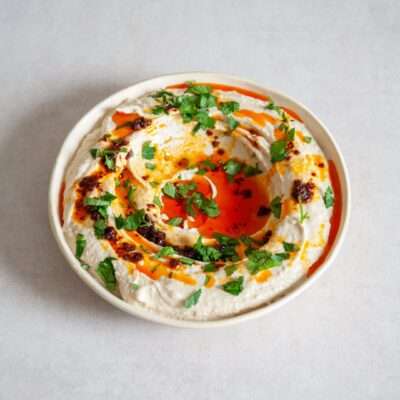
Creamy Hummus
Ingredients
Hummus
- 100 g dried chickpeas
- 1 tsp baking soda
- 150 g tahini
- 4 tbsp 70 ml lemon juice
- 2 garlic cloves
- 50 g ice cubes
Harissa Topping
- 1 tsp harissa
- 2 tbsp extra virgin olive oil
- 10 g coriander
Instructions
- Soak the chickpeas in plenty of water overnight or for at least 8 hours.
- The next day, drain the chickpeas. Add them to a saucepan along with the baking soda and enough water to generously cover them. Bring to a boil, then simmer, skimming off any froth, for around 45 minutes or until completely tender. You should be able to turn them into a paste between your fingers without any resistance.
- Drain the chickpeas, then tip them into the jug of a food processor along with the tahini, lemon juice, garlic, ice cubes and 2/3 tsp salt. Blend until smooth. If all of the ice is incorporated and the hummus feels too thick, add a little cold water (I don’t use the soaking water to have less of the baking soda in the final hummus). The hummus firms up in the fridge, so after blending it should feel just a little bit too creamy.
- For the topping, simply heat the harissa and olive oil in a small pan until it sizzles and the oil has turned into a ruby red. Turn off the heat. Roughly chop the coriander, then pour the harissa oil over the hummus followed by the coriander.
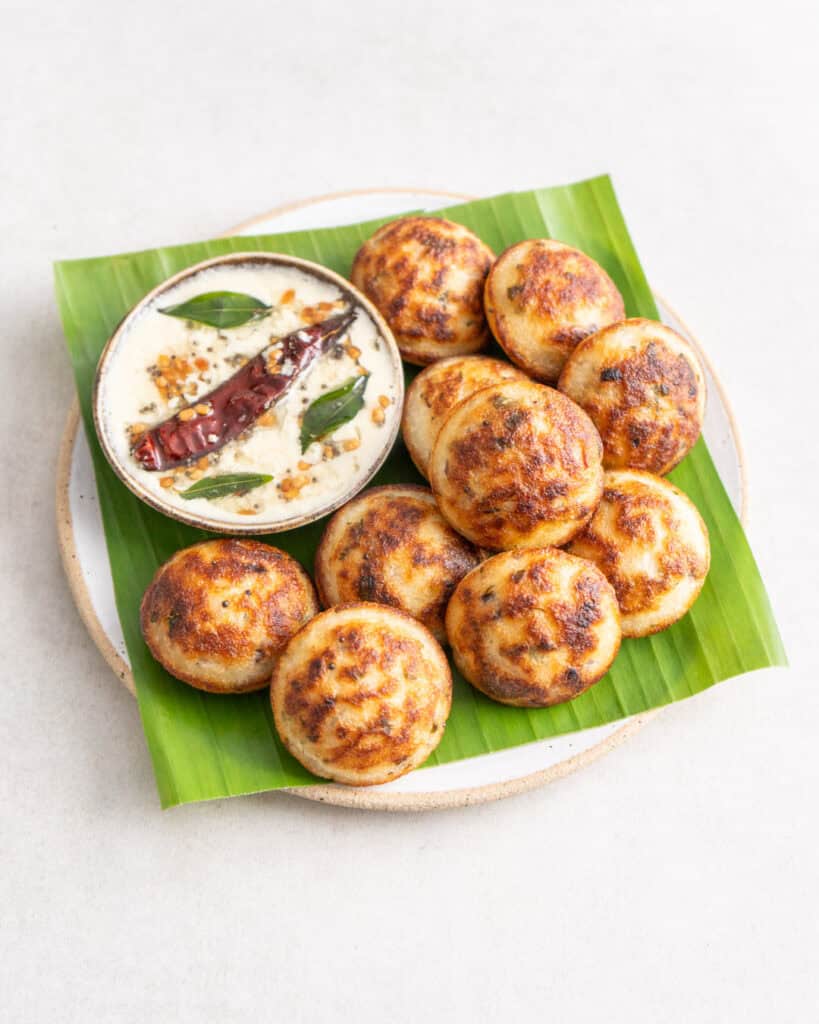

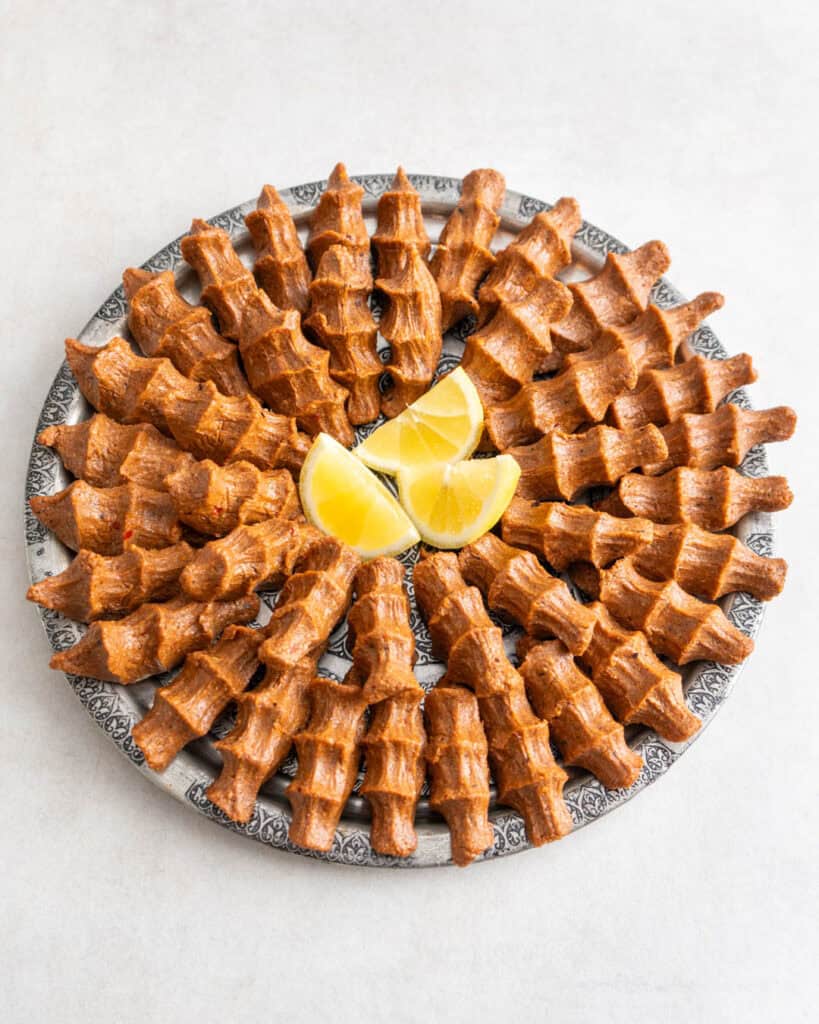
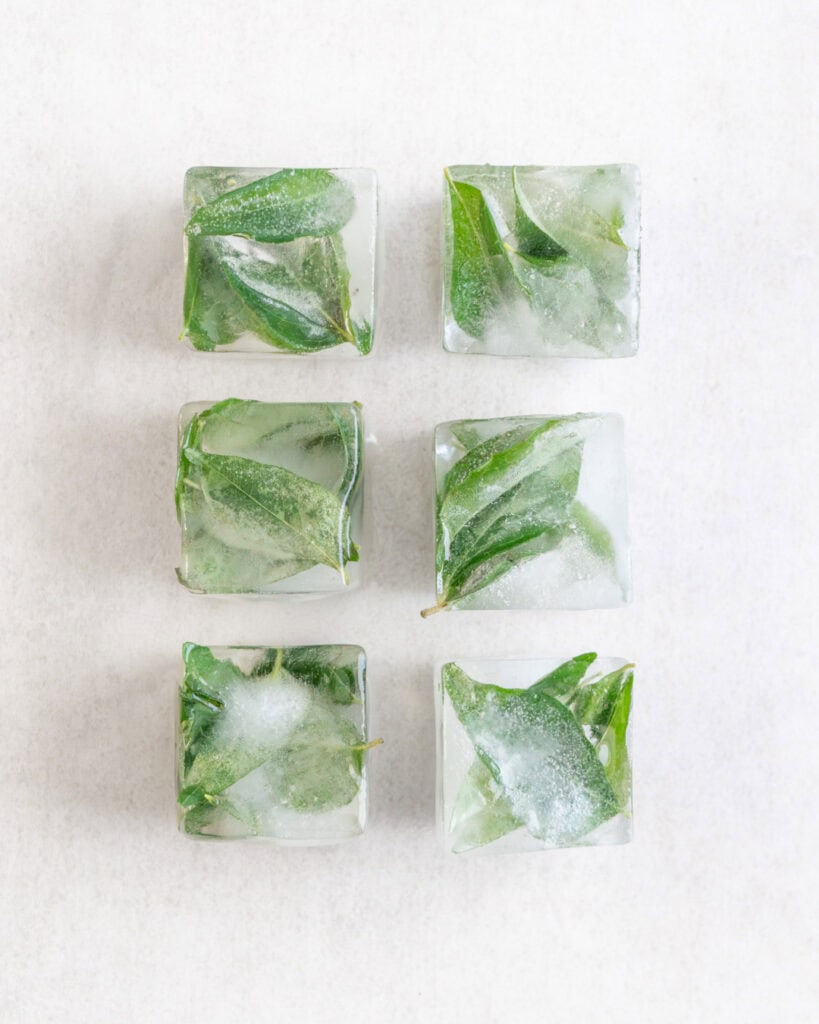
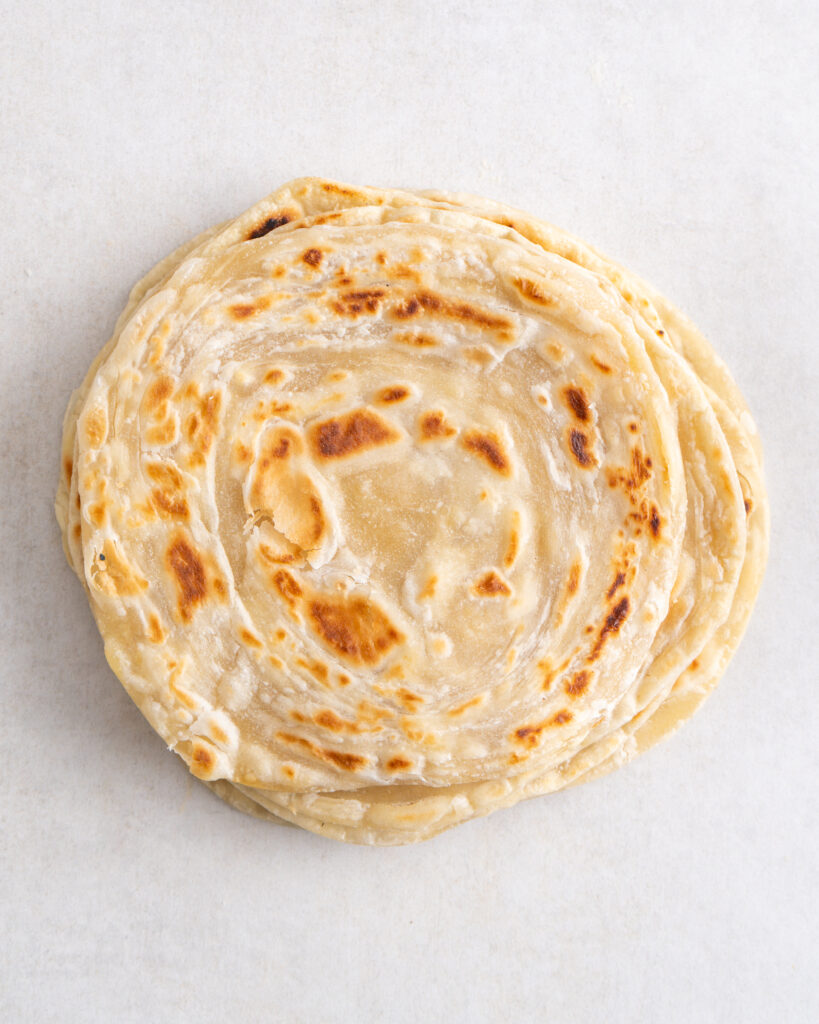
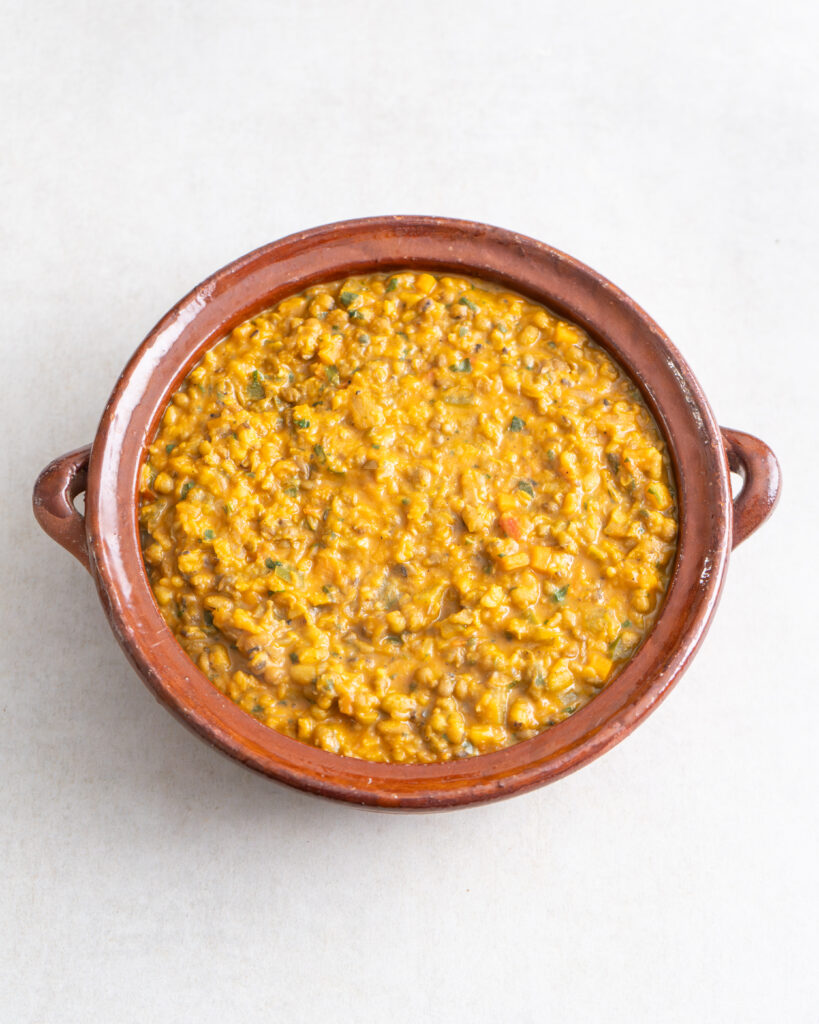
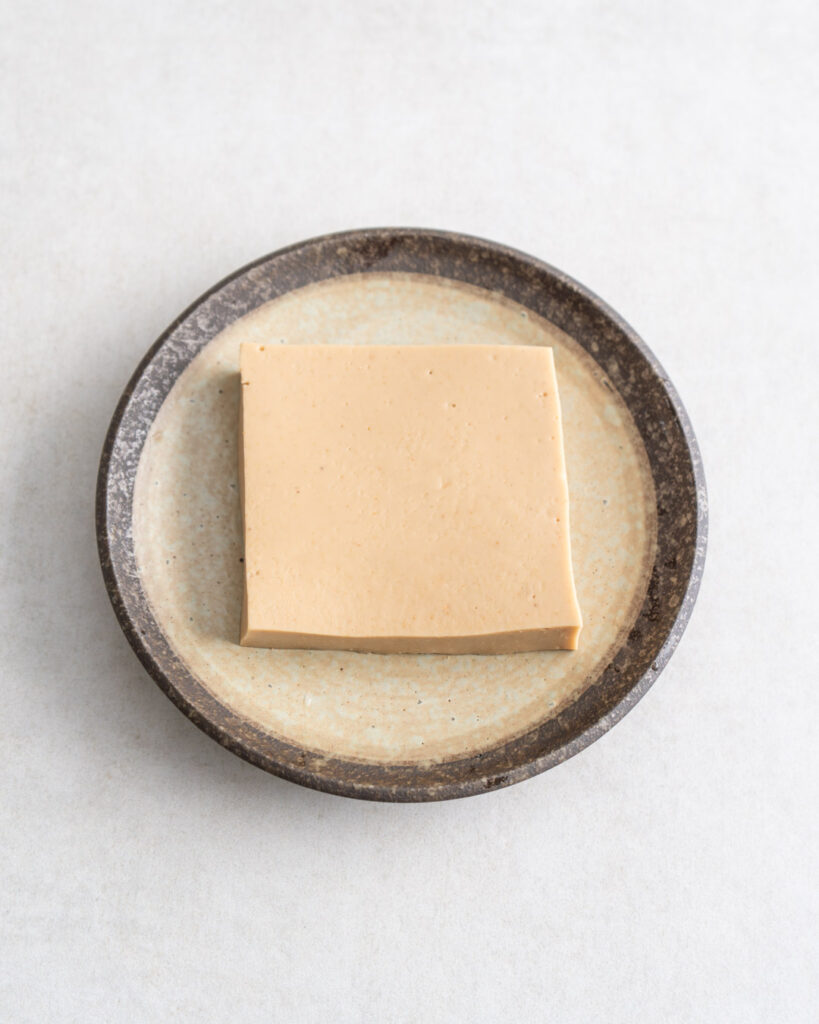
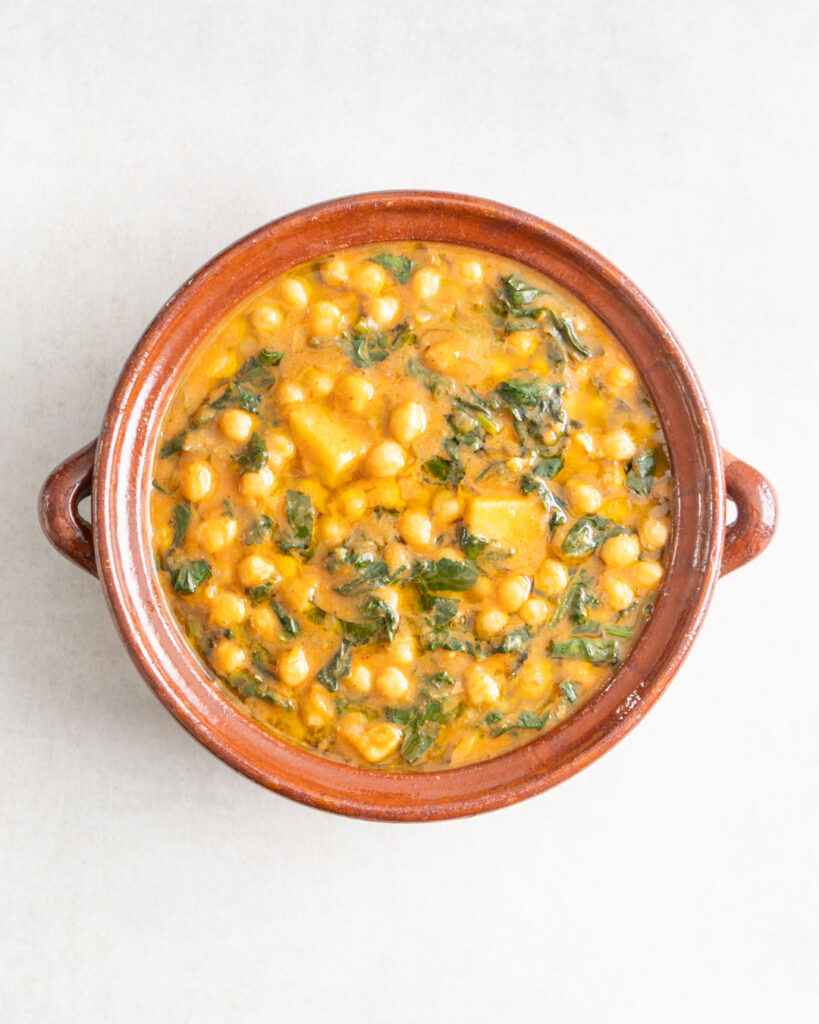
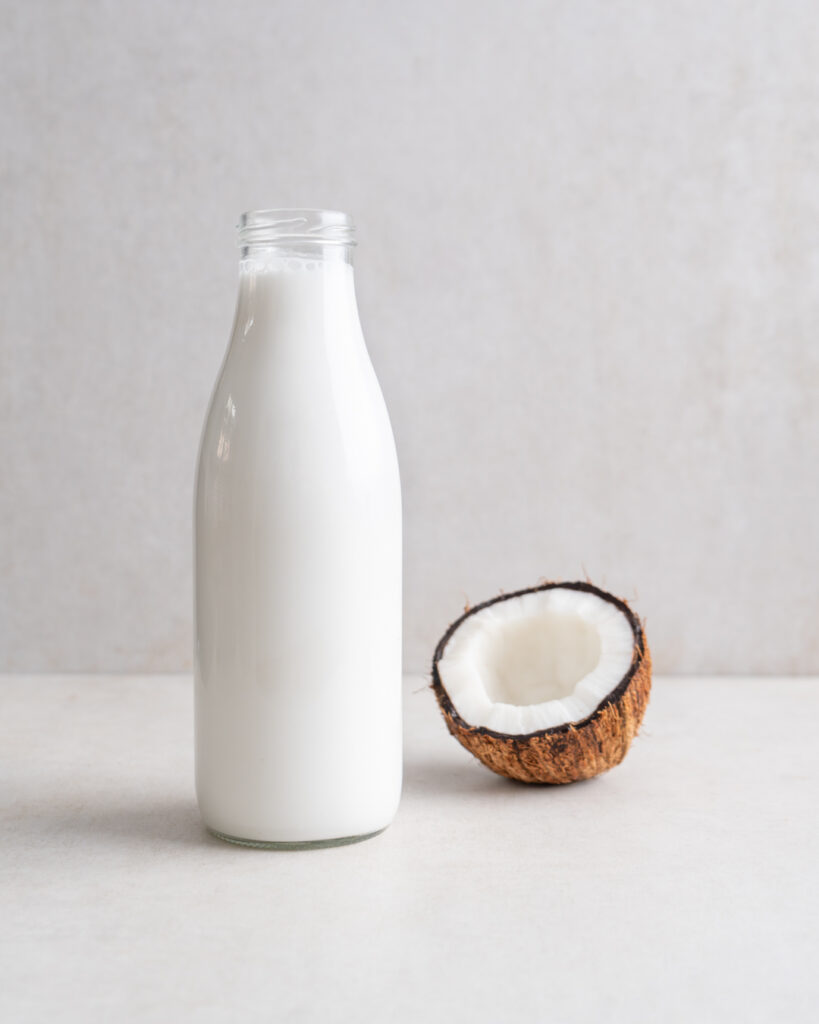
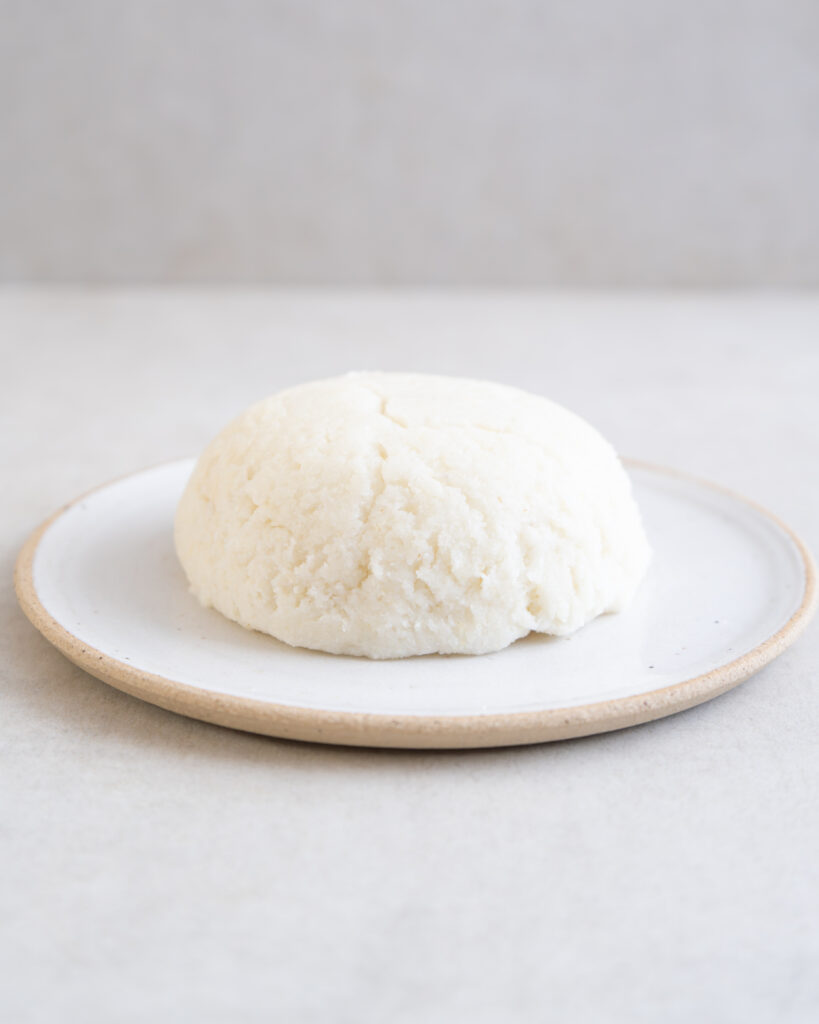

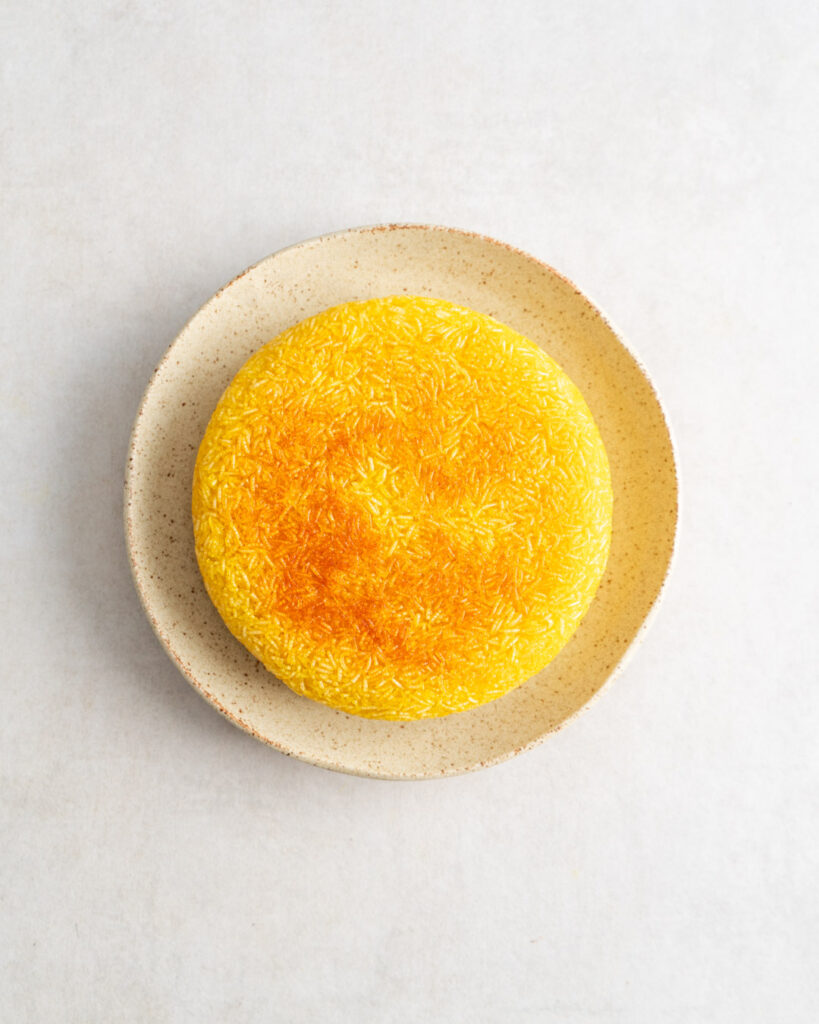


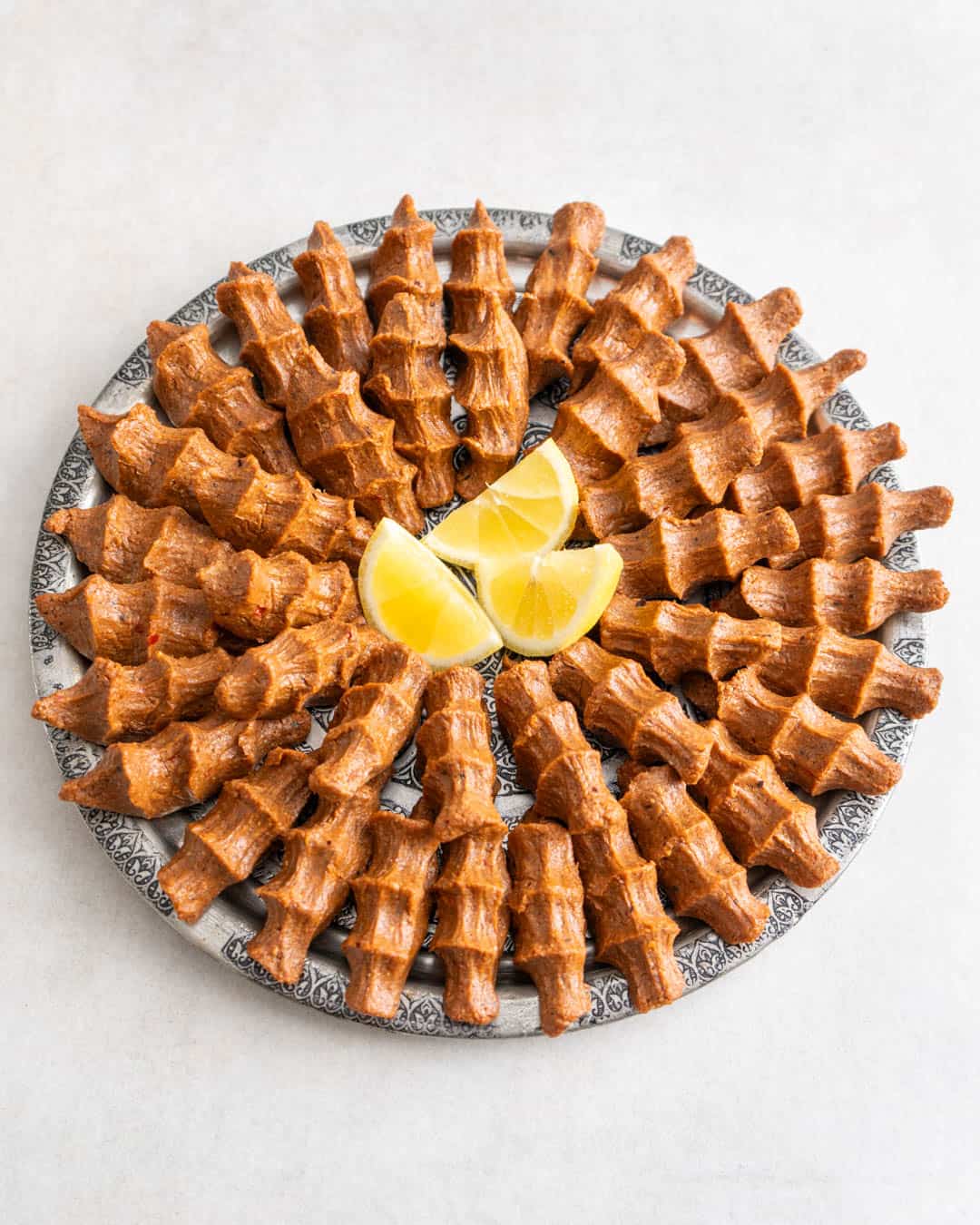
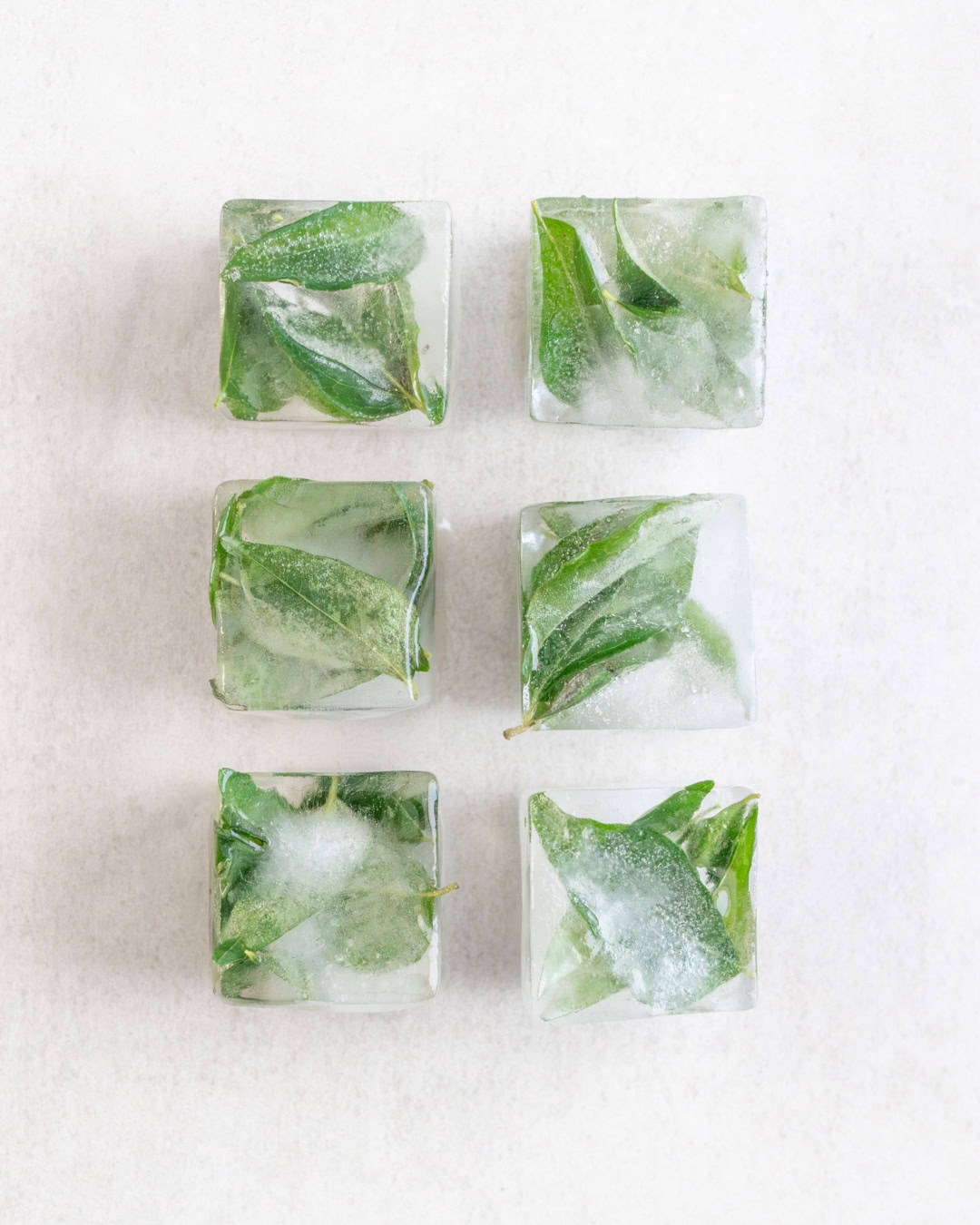








0 Comments